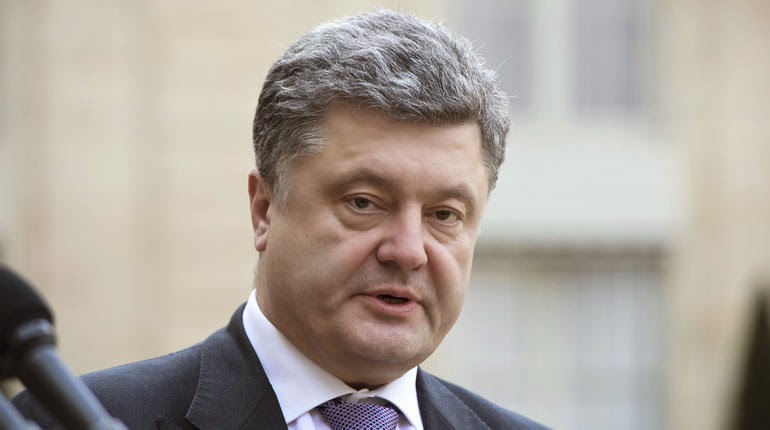History has narrated to us, tales of many kings who have used marvellous architecture as tools of expression. Some have conveyed the message of love whereas others have built structures to symbolise the power they wielded. Egyptian pharaohs built monumental temples in tribute to the Gods expecting security and good fortune in return. Ramses II, who was also bestowed with the title – The great – was a patron of the arts and architecture. He built many temples during his time to cement his name in history. One of the most famous constructions he sanctioned was the Temple of Abu Simbel.
Abu Simbel was built in the thirteenth century. Pharaoh Ramses II chose the cataracts of the river Nile as the site for the two temples of Abu Simbel. The Nile was the lifeline of the Egyptian civilization. Its flooding of the banks left rich dark fertile soil for the farmers to exploit. The pharaoh wanted to build a monument depicting his power, at the very heart of the Nile. The Temples of Abu Simbel, although religious and conceited, served yet another purpose. They were built in honour of his most beloved wife, Nefertari.
The iconic landmark in Egyptian history stands tall today at the expense of thousands of workers who, in the absence of modern tools of construction, used simple bronze and stone tools to chip the mountain into Ramses’ vision. The entrance to the temple is marked by two massive statues which stand 70 feet high. The statues have the various names and titles of Ramses II inscribed on them such as – “Beloved of Amon”, “Son of Aton”, “Son of the King”, “Lord of the two lands” and the incarnation of the Sun God, Re.
The magnanimous entrance to the temple leads to the ‘greater’ temple which is also sometimes referred to as the inner sanctuary where the statue of Ramses II stands amidst distinguished company, that of Egyptian Gods – Re, Ptah and Amon-Re. This is a clear indication that Ramses II thought himself to be a God-king. The architecture of the inner sanctuary is one to be marvelled at though. On the 20th of October and 20th of February, the sun shines illuminating the four statues – a truly stunning architectural feat.
The second and smaller temple of Abu Simbel was built by Ramses for his wife, Nefertari. Workers and masons had to cut around 65 feet into the mountain to finish the construction. Various sculptures and depictions inside the smaller temple show the coronation of the Queen Nefertari and statues of her and Ramses II stand tall in the inner sanctum. An interesting feature historians like to point out is the parity in the heights of the statues of the king and Queen. Typically, the king’s statue was always bigger than that of the Queen. A testament of the love and respect Ramses II bore for Nefertari.
In 1960, modernisation caught up with this piece of Egyptian history. The construction of a dam close to the site threatened its existence. The temple was dismantled into 1036 pieces and taken to safer and higher ground. The relocation took 8 years culminating in 1968. The temples of Abu Simbel are a perfect symbol of power, piety and love. Ramses II who some claim to be the greatest Egyptian pharaoh continues to live on through his architectural and religious patronage.
Follow me on Twitter @vidurkalive



